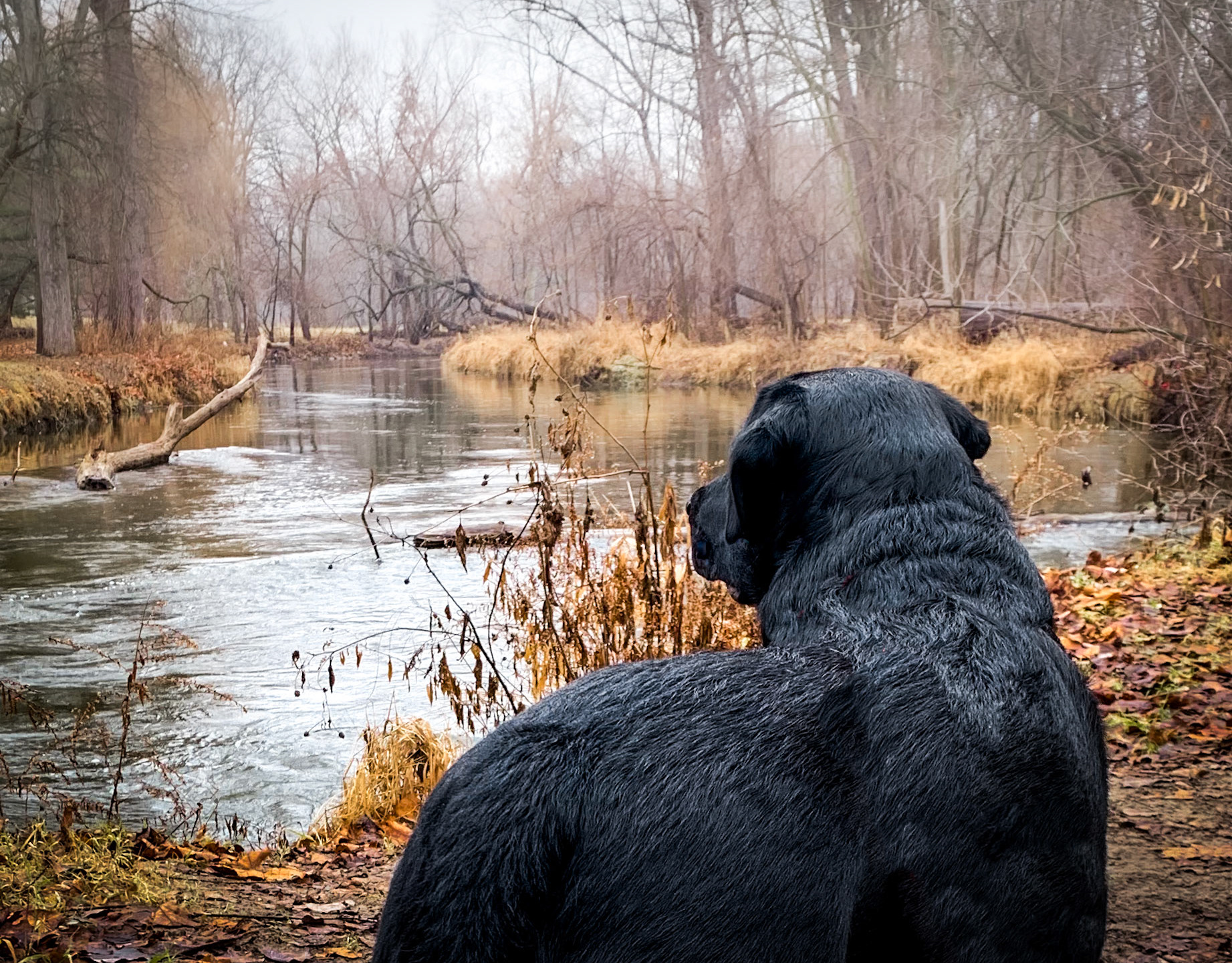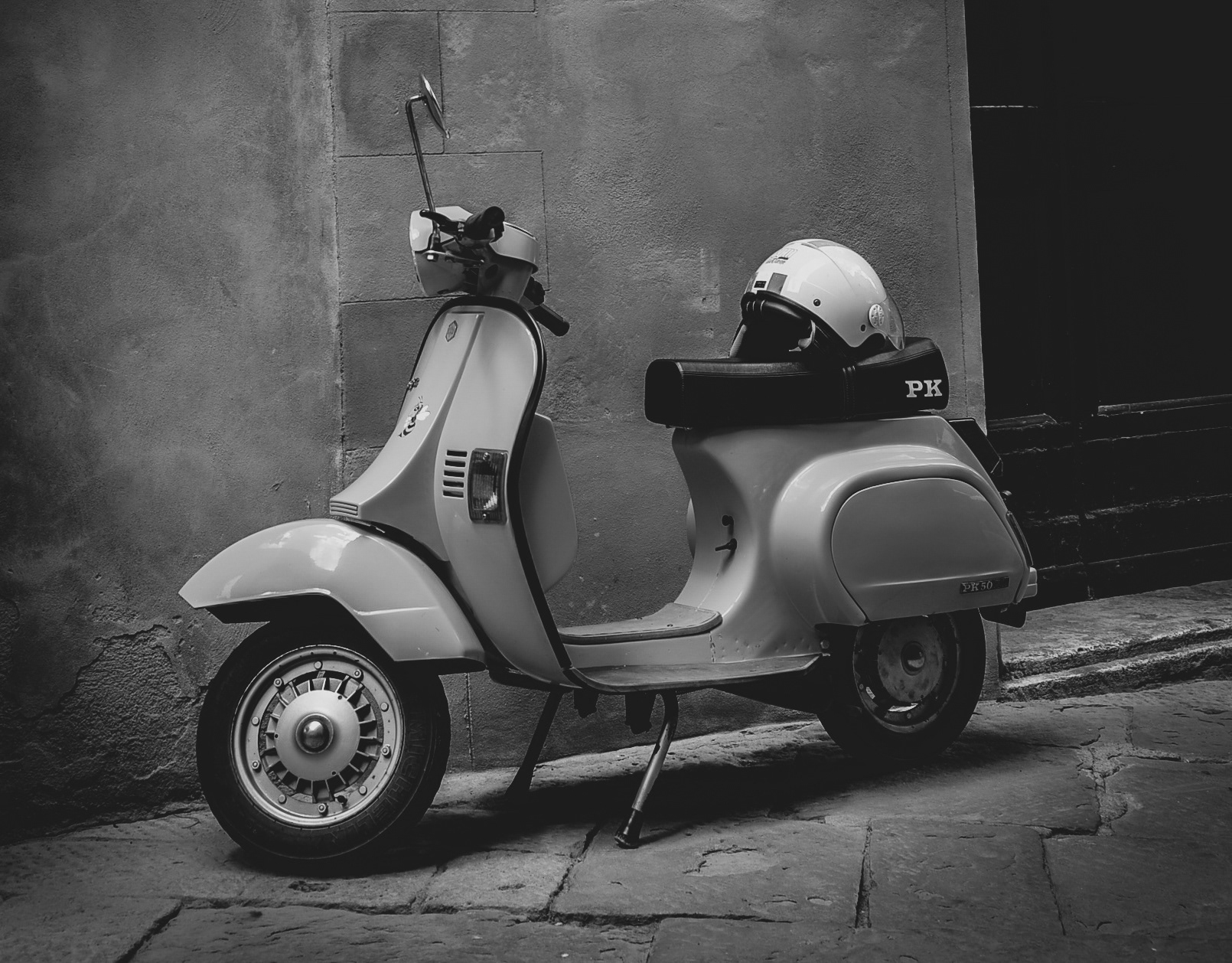Cinderella Car
Mario Andretti led 116 laps total and won for car owner Andy Granatelli. With Andretti's finish time of 3:11:14.71, it was the fastest run Indianapolis 500 up to that date, breaking the previous record by nearly five minutes. Andretti's victory capped off an up-and-down month of May.
He entered the month as a favorite, but he crashed his primary car, a radical four-wheel-drive Lotus, during practice. Andretti suffered burns but was able to qualify a back-up car in the middle of the front row. When Mario Andretti’s primary car crashed in pre-race of the 1969 Indianapolis 500, he moved to this Ford-powered #2 STP Hawk, which the team affectionately called the ‘Cinderella car.’ Andretti went on to win in convincing fashion, leading 116 of the 200 laps.
“Visually this car is stunning, from its asymmetrical wing configuration, externally routed radiator tubing and almost military-grade construction. Among my favorite details are the outboard intake/inboard exhaust ports. This really makes a showcase of the no-nonsense beauty of the exhaust headers feeding the turbo perched neatly behind the triple air foils. Everything about this car is straight to the point and in your face.” - Gabe Garcia, Vehicle Art Director
Resiliancy
Castroneves’ third Indy 500 victory on May 24, 2009 becoming the first foreign-born three-time winner of the race, which capped an extraordinary 18 months of extreme highs and lows. Life as one of the world’s most transcendent racing drivers came screeching to an abrupt halt when Castroneves was indicted Oct. 2, 2008 on six counts of federal tax evasion and one count of conspiracy to defraud the U.S. government. A guilty verdict in the trial would have likely sent Castroneves to prison, and ended his driving career.
In addition to facing up to 35 years in prison, Castroneves also had all of his professional relationships completely severed while facing the charges. Team Penske president Tim Cindric said he went six months without talking to the driver and from the point at which Castroneves was accused he couldn’t have any conversations with him.
Almost as quickly as Castroneves had everything yanked away, his life returned virtually to normal from the moment he was acquitted April 17, 2009. With two minutes remaining in Friday practice on the streets of Long Beach, Cindric was handed a note by a Penske staffer that Castroneves had been cleared on all counts.
Castroneves was rushed from a courtroom in Miami to a Penske jet that flew him to Southern California. He was back in the car by Saturday morning in Long Beach. Castroneves crashed in qualifying but led three laps and finished seventh despite barely sitting in a cockpit for six months.
His May at Indianapolis Motor Speedway went much smoother. Castroneves qualified on pole position for the third time, led a career-best 66 laps and won by 1.982 seconds over Dan Wheldon for his third Indy 500 victory. “To go from where he was, the bottom of the bottom, to win that race a third time, it was one of the coolest days I’ve ever seen.” Cindric said.
Resisting attempts to be directed to the Winners Circle, Castroneves stopped on the fronstretch for his familiar “Spider-Man” fence climb so he could salute fans who supported him during this difficult time.
The Brazilian needed several minutes to compose himself after the win. “When I was still on the victory lap, normally I cry,” he said. “No, actually, I scream to the guys and celebrate. And this time I have no words, I just let it go. It was a very special moment that last, the celebrating lap.”
Determination
Rick Mears is one of four men to win the Indianapolis 500 four times (1979, 1984, 1988, 1991) and is the current record-holder for pole positions in the race with six (1979, 1982, 1986, 1988, 1989, 1991). Mears is also a three-time Indycar series/World Series champion (1979, 1981 and 1982).
For 1978, Mears was offered a part-time ride in nine of the 18 championship races for Penske Racing team, filling in when Mario Andretti was overseas. The arrangement also included a ride at the Indianapolis 500. In his rookie appearance at Indy, Mears qualified on the front row and was the first rookie to qualify over 200 mph.
In 1979 he won his first Indianapolis 500, staying at the front of the field, and taking advantage when Bobby Unser fell out of contention with mechanical trouble.
At the 65th Indianapolis 500 in 1981, Rick Mears pitted on lap 58, fuel began to gush from the refueling hose before it had been connected to the car. Fuel sprayed over the car, Mears and his mechanics, then ignited when it contacted the engine.
Mears, on fire from the waist up, jumped out of his car and ran to the pit wall, where a safety worker, not seeing the fire, tried to remove Mears' helmet. Meanwhile, Mears' fueler, covered in burning fuel, waved his arms frantically to attract the attention of the fire crews already converging on the scene.
Mears tried to turn the extinguisher on himself, but at this point his father, Bill Mears, having already pulled Rick's wife Deena to safety, grabbed the extinguisher and put out the fire. His mechanics had also been extinguished, and the pit fire crew arrived to thoroughly douse Mears' car.
Thanks to quick action by Bill Mears and the fact that methanol produces much less heat than gasoline, no one was seriously hurt in the incident. Rick Mears and four of his mechanics were sent to hospital, and Mears underwent plastic surgery on his face, particularly on his nose which caused him to miss the next race at Milwaukee the following week.
Despite facial burns during a pit fire, Mears' was able to win the Indycar championship title in 1981. The incident prompted a redesign to the fuel nozzle used on Indycars, adding a safety valve that would only open when the nozzle was connected to the car.
Early Days
Roger Penske is not only the most recognizable name in American motorsports, but a man who commands respect in the international racing community as well.
The "Captain" has been racing and winning in the United States since 1958 and has scored victories in every series where he has competed. With 43 national championships, including 17 in Indy car racing, Team Penske has often been referred to as the "New York Yankees of motorsports."
Roger Penske was one of America's most successful young road racers before electing to retire from driving in 1965 to focus on his first business - a Philadelphia Chevrolet dealership. However, racing remained a key element in Penske's overall business plan. He fielded Corvettes in the 1966 endurance races at Daytona and Sebring prior to joining forces with driver Mark Donohue to campaign a Lola T70 in the USRRC and Can-Am sports car series. Penske Racing quickly found success with Donohue, winning two consecutive USRRC championships and three SCCA Trans-Am titles.
After three years of campaigning sedans and sports cars, Penske Racing and Donohue made their debut in Indy car racing, running a pair of USAC-sanctioned road races in 1968. The following year, the team made its debut in the Indianapolis 500 and Donohue finished seventh, earning "Rookie-of-the-Year" honors. With Donohue, Penske Racing quickly made its mark in the USAC Championship Series utilizing high standards of car preparation, presentation and development. Donohue finished second at Indianapolis in 1970 and he recorded the team's first Championship Car victory in the Pocono 500 on July 3, 1971.
Donohue earned Penske's first Indianapolis 500 triumph less than a year later with an average speed that would remain the race record for a dozen years. Since then, Team Penske has become synonymous with Indy car racing, with more than 200 race victories, over 270 poles and 16 National Championships. Team Penske, however, is probably best known for its 19 Indianapolis 500 victories, four with driver Rick Mears and three with Helio Castroneves.
In 2023, Josef Newgarden is finally an Indy 500 winner after 12 attempts & earned Team Penske their 19th Indy 500 win. The longtime Team Penske driver and former series champion had made 12 prior starts at the Indianapolis Motor Speedway oval but had never finished higher than third prior to his first win.
In 2024, Newgarden became the first driver to win back-to-back Indianapolis 500s since Hélio Castroneves in 2001 and 2002. He also became sixth driver in the history of the race to win consecutive runnings of the race, joining Castroneves, Wilbur Shaw, Mauri Rose, Bill Vukovich, and Al Unser. The victory was the 20th Indianapolis 500 win for Team Penske.
Super Tex
Ever since A.J. Foyt earned his third Indianapolis 500 victory in 1967 (first in 1961 and second in 1964), fans flocked to the Indianapolis Motor Speedway and tuned in on radio and television to see if “Super Tex” could become the first four-time winner of “The Greatest Spectacle in Racing.” Foyt was just 32 years old at the time of his third win and was at the peak of his powers behind the wheel.
Although he would come close over the next 10 years, it wasn’t until a hot, humid day with temperatures soaring past 90 degrees in 1977 that Foyt finally became a four-time winner of the Indianapolis 500.
Foyt started fourth, but Gordon Johncock dominated the 1977 race, leading 129 laps before his crankshaft failed just 16 laps from the checkered flag. Earlier in the race, Foyt’s Coyote powered by a Foyt engine had run out of fuel, but he battled his way back to contention.
His accomplishments will never be matched. He was the first four-time Indy 500 winner (1961, 1964, 1967, 1977); the only driver to win the Indy 500, the Daytona 500, and the 24 Hours of Le Mans; and the winningest driver in IndyCar to this day, with 67 wins and seven championships. As a team owner, he’s won five national championships and three Indy 500s.
The 1977 race also included some historical footnotes. It was the last time the winning car had a body and engine built entirely within the United States. It was the only winning vehicle in Indy 500 history to be built by its driver - including the 825 hp, four-cam V-8 engine. During qualifying, Tom Sneva reached over 200 mph (a speed never before recorded at the track), and driver Janet Guthrie became first woman to qualify for the race. And it was the last Indianapolis 500-Mile Race of Tony Hulman’s life. The man who saved the Indianapolis Motor Speedway from extinction when he purchased it from Eddie Rickenbacker in November 1945 and resurrected the Indianapolis 500 in 1946 died on Oct. 27, 1977 in his beloved Terre Haute, Indiana.
Foyt invited Hulman to ride with him up on the backseat of the Oldsmobile Delta 88 convertible pace car on the Victory Lap around the Indianapolis Motor Speedway. It was the only time Hulman ever rode up on the backseat with a winner and served as a fitting conclusion to the most historic Month of May in Indianapolis 500 history.
"One of the highlights of my career is I know Tony Hulman wanted me to the be the first four-time winner,” Foyt said. “After I was lucky enough to be the first four-time winner, I was thrilled that Tony Hulman rode with me on the victory lap. I'm just so glad that I was the first four-time winner and Mr. Hulman rode around with me. That has to be my highlight of my career.”
Improbable Finish
In perhaps the most amazing and improbable "500" finish ever was in 2011 when newcomer J. R. Hildebrand apparently had the race won only to slide into the outer wall while lapping a slower car at the exit of the final turn of the entire race. He limped home to finish 2nd, passed just yards from the line by 2005 winner Dan Wheldon, the 18th driver to have won for a second time.
In the hunt all day, Wheldon was the first winner in history to have led only the final lap. With several of the leaders pitting for fuel in the closing minutes, 6th-place-starting Wheldon climbed from 5th with three laps remaining, to 3rd with two still to go. The winning Dallara/Honda was fielded by a partnership involving former drivers Bryan Herta and Sam Schmidt, plus Cary Agajanian and former California Lt. Governor Mike Curb, the car being numbered 98 in memorv Cary's father, the late J. C. Agajanian, winning owner in 1952 and 1963 with Troy Ruttman and Parnelli Jones.
Sadly, the very popular and enthusiastic Wheldon was to lose his life in a racing accident at the end of the season 2011 IZOD IndyCar World Championship race at Las Vegas Motor Speedway on 16 October.
Marcus Simmons, a writer for the British motor racing magazine Autosport, called Wheldon "one of a golden crop of richly-talented British drivers to graduate from karting to junior single-seaters in the mid to late-1990s", and, "a man who embodied the ideal of the immigrant to the 'New World' fulfilling the American Dream." Although he had a brash and confident persona that made him "cocky yet likable", journalist Maurice Hamilton noted that Wheldon was seen by many as "a devoted family man, deeply respected and universally liked despite, or perhaps because of, a cheeky sense of self-awareness and a clever cultivation of his image".
Dario Franchitti won the 2012 Indianapolis 500 and dedicated his victory to Wheldon and wore white sunglasses in his honor.
Yellow Submarine
Rutherford’s 1980 Indy 500 and CART championship winning Yellow Submarine is an evergreen and rightly so. It is the car that demonstrated the beneficial effects of ground effect at Indianapolis and it introduced the world to the by now iconic Pennzoil livery.
“Driving the ‘Yellow Submarine’ was my crowning glory because the car was so good and the fans loved it so much. It was really a dream come true.”
The Chaparral 2K was the first Indy car with “ground effects” designed into the chassis. This system of tunnels and ports on the bottom of the car, almost “sucked” the car to the surface of the track, creating incredible grip when the aerodynamics of the car pressed the car on the track.
Years later, Rutherford told noted motorsports writer Gordon Kirby that the 2K was the first car he ever drove that created enough g-forces in corners to cause him to grunt, almost like a football linebacker making a punishing tackle. That was about the only discomfort Rutherford experienced in 1980 with the remarkable, ground-breaking machine.









